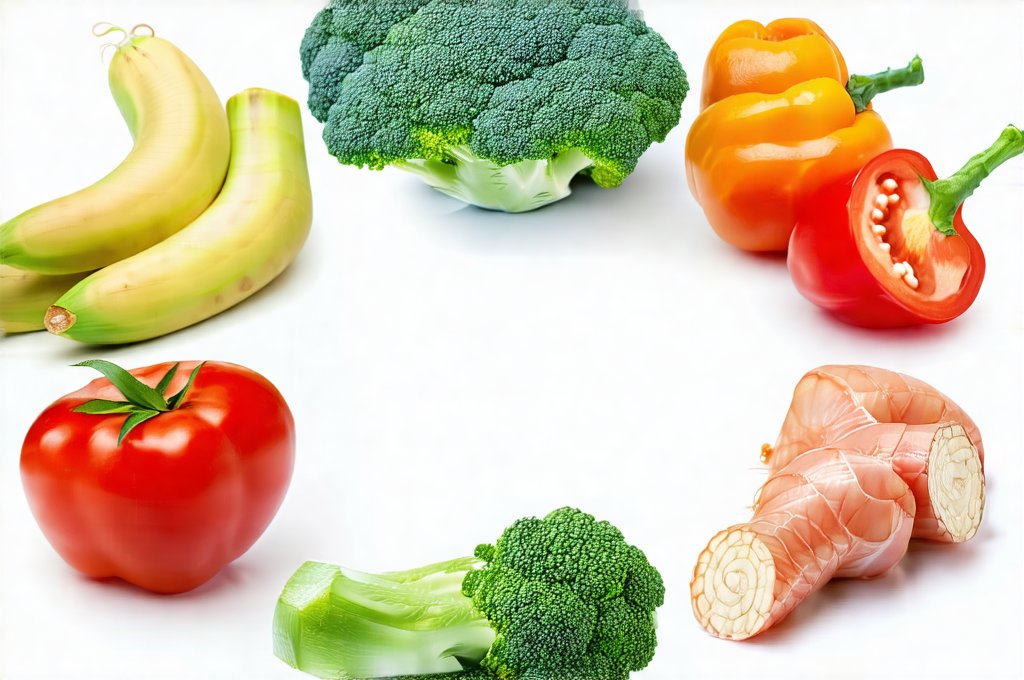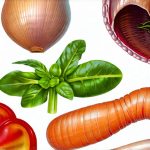Diverticulitis, a condition involving small pouches (diverticula) in the digestive tract – most commonly in the colon – can flare up causing significant discomfort. While many people live with diverticulosis (the presence of these pouches) without issue, when inflammation occurs, it’s known as diverticulitis. Dietary management is often a cornerstone of managing symptoms during a flare-up, and knowing which foods to avoid, and conversely, what to embrace, can make a substantial difference in comfort and recovery. It’s crucial to remember that individual tolerances vary; what triggers one person may not affect another. However, understanding general dietary guidelines is essential for navigating this condition effectively.
This article will explore the specific food categories often recommended to be limited or avoided during a diverticulitis flare-up. The aim isn’t to prescribe rigid restrictions but rather to offer informed guidance based on common recommendations and experiences shared by individuals managing this condition. It’s vital to consult with your healthcare provider or a registered dietitian for personalized dietary advice tailored to your specific needs and medical history, as these guidelines are not a substitute for professional medical counsel. Dietary strategies during a flare-up focus on reducing stress on the digestive system, allowing the inflamed colon to rest and heal. If you’re looking at ways to adjust your diet after illness, exploring a post-recovery diet can be beneficial.
Low-Fiber Foods During a Flare-Up
During an acute diverticulitis flare-up, the typical recommendation is to shift to a low-fiber diet. This isn’t about long-term restriction; it’s about giving your digestive system a break while inflammation subsides. Fiber, though generally beneficial for gut health, can increase colonic activity and potentially exacerbate symptoms during a flare. The goal is to minimize stool bulk and pressure on the inflamed diverticula. Foods to avoid or significantly limit include:
- Whole grains (whole wheat bread, brown rice, oatmeal)
- Raw fruits and vegetables (especially those with seeds or skins)
- Legumes (beans, lentils, peas)
- Nuts and seeds
This temporary reduction in fiber intake isn’t meant to be indefinite. As symptoms improve, a gradual reintroduction of fiber is usually recommended under the guidance of your healthcare provider. The transition back to a higher-fiber diet should be slow and methodical to avoid triggering another flare-up. It’s important to understand this low-fiber approach is specifically for the duration of an active flare; maintaining it long-term isn’t generally advised. For those following specialized diets, understanding what to avoid on an anti-inflammatory diet can also provide helpful insights.
Foods to Reintroduce Gradually After Symptoms Subside
Once the acute phase of a diverticulitis flare has passed, and with your doctor’s approval, you can begin to carefully reintroduce foods into your diet. This process should be gradual, starting with easily digestible options and slowly adding more complex foods as tolerated. Avoid rushing this process, as it’s crucial to identify potential trigger foods. Some foods to consider reintroducing cautiously include:
- Refined grains (white bread, white rice) – these are easier on the digestive system initially
- Cooked vegetables (without skins or seeds) – such as carrots, potatoes (peeled), and green beans
- Fruits without skin or seeds – like applesauce, canned peaches, or bananas
- Lean proteins – chicken, fish, tofu
Pay close attention to your body’s response. If a particular food causes discomfort—bloating, cramping, diarrhea, or constipation—remove it from your diet and try reintroducing it later in smaller amounts. Keeping a food diary can be exceptionally helpful in identifying these sensitivities. The key is listening to your body and adjusting your intake accordingly.
Identifying Personal Trigger Foods
One of the most important aspects of managing diverticulitis long-term involves identifying your personal trigger foods. What causes discomfort for one person might not affect another, making a personalized approach essential. This requires careful observation and experimentation (always with medical guidance). Here’s how to go about it:
- Food Diary: Meticulously record everything you eat and drink, along with any associated symptoms—bloating, gas, pain, changes in bowel habits. Be specific about portion sizes and timing.
- Elimination Diet: Under the guidance of a healthcare professional, consider temporarily eliminating certain food groups (e.g., nuts, seeds, high-fiber vegetables) to see if symptoms improve. Then, reintroduce them one at a time, observing for any reactions.
- Portion Control: Even foods generally considered safe can cause problems in large quantities. Pay attention to portion sizes and adjust accordingly. If you’re on a vegan diet, it’s particularly important to be mindful of potential bloating triggers.
The Role of Hydration During Flare-Ups & Recovery
Adequate hydration is crucially important both during a diverticulitis flare-up and throughout the recovery process. Water helps soften stools, reducing strain on the colon and preventing constipation, which can exacerbate symptoms. Aim to drink at least 8 glasses (64 ounces) of water per day, but adjust as needed based on your activity level and climate.
- Avoid sugary drinks and excessive caffeine, which can dehydrate you.
- Electrolyte-rich beverages can be helpful if experiencing diarrhea or vomiting.
- Consider sipping small amounts of water throughout the day rather than drinking large quantities at once.
Navigating Seeds, Nuts, & Popcorn – A Shifting Perspective
For many years, individuals with diverticulosis were advised to avoid seeds, nuts, and popcorn based on the belief they could become lodged in the diverticula and cause inflammation. However, current research suggests this is largely a misconception. Studies have shown no definitive link between these foods and increased risk of flare-ups.
Despite this evolving understanding, individual tolerance still matters. Some people may find that seeds or nuts trigger their symptoms, while others can consume them without issue. If you’re unsure, start with small amounts and observe your body’s response. It is important to note that if these foods have previously caused problems for you personally, it might be prudent to continue avoiding them, even in light of the new research. Ultimately, personalized dietary management remains paramount. When managing a sensitive digestive system, knowing how to maintain variety is vital for nutritional wellbeing. And if you experience nausea during flare ups, it’s important to know foods to avoid during a nausea flare-up.


















